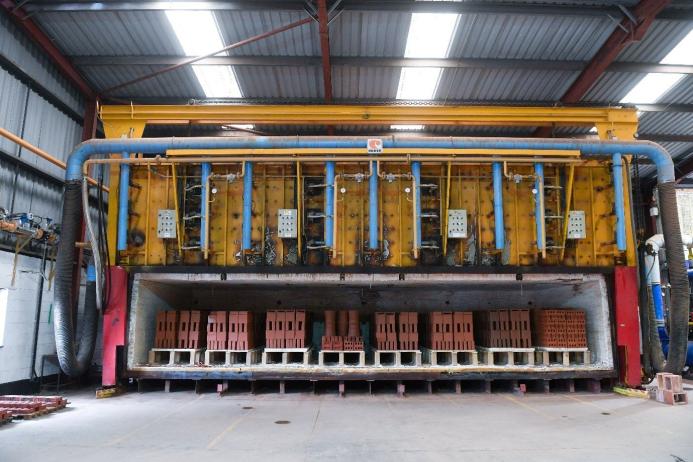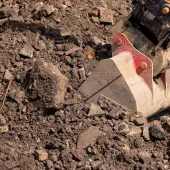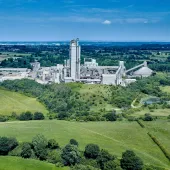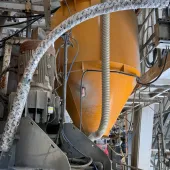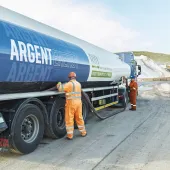Forterra’s hydrogen plans gain momentum
Decarbonization of brickmaking set to enter new phase with East coast Hydrogen Pipeline boost
FORTERRA’s work to decarbonize brickmaking is set to enter a new phase, as plans for the East Coast Hydrogen Pipeline – set to pass near the manufacturer’s Kirton brickworks – pave the way for an expansion of hydrogen-fuel trials beyond the company’s Measham factory. The infrastructure boost comes after two years of successful testing, positioning Forterra to scale their low-carbon ambitions at a time of growing regional and national momentum around sustainability.
During the East Midlands Hydrogen Summit, Cadent announced plans for the East Coast Hydrogen Pipeline (ECHP), which will connect major hydrogen production sites in North Nottinghamshire and the Humber to key energy-intensive manufacturers across the East Midlands, including areas close to Forterra’s Kirton brickworks. The proposed pipeline represents a major step forward for industrial decarbonization in the region, providing a potential future supply of low-carbon hydrogen to support trials like those already under way at Forterra’s Measham site.
Over the past two years Forterra has moved beyond their initial 20% hydrogen blend, gathering extensive data on how hydrogen can decarbonize their brick-firing process without compromising product quality. Trials to date show that hydrogen can be introduced in staged blends with natural gas, starting at 5% and rising to 20%, all while maintaining the renowned texture, durability, and colour of Forterra bricks.
‘Cutting our carbon emissions is central to our mission, but we need to make sure we’re not compromising on the quality of the products we’re producing,’ said David Manley, head of sustainability at Forterra. ‘Hydrogen is emerging as the most effective option for reaching our long-term decarbonization targets, ahead of alternatives such as electrification or biomass.’
Using existing kiln equipment as a control variable, Forterra increased hydrogen volumes incrementally to pinpoint how much hydrogen could be used effectively. At the highest tested blend of 20%, there was no impact on colour, consistency, or performance. Careful monitoring of oxygen levels ensured the distinctive red hue of Desford bricks and the buff tones of Measham bricks remained unchanged.
Partnering with Air Products, Forterra adapted their legacy kilns with on-site hydrogen storage and precise pressure- and flow-regulation systems, proving the 20% blend is fully compatible with equipment that typically has a 25- to 40-year lifespan and avoiding the significant carbon cost of kiln replacement.
Encouraged by these results, Forterra are now preparing further pilots on smaller kilns with hydrogen blends approaching 100%. If successful, operating a kiln entirely on hydrogen could reduce carbon emissions from that site by 40–45%, with additional mobile-plant fuel-cell adoption offering a total potential reduction of around 55%.
Forterra’s hydrogen trials align with the company’s broader commitment to achieving ambitious environmental, social, and governance (ESG) targets. This commitment is reflected in the manufacturer’s other developments and investments made over the past year, including a solar farm, and a brick waste stream upcycled into calcined clay. With the East Coast Hydrogen Pipeline now on the horizon, Forterra say they are well placed to scale these efforts and help shape the industry’s low-carbon future.

